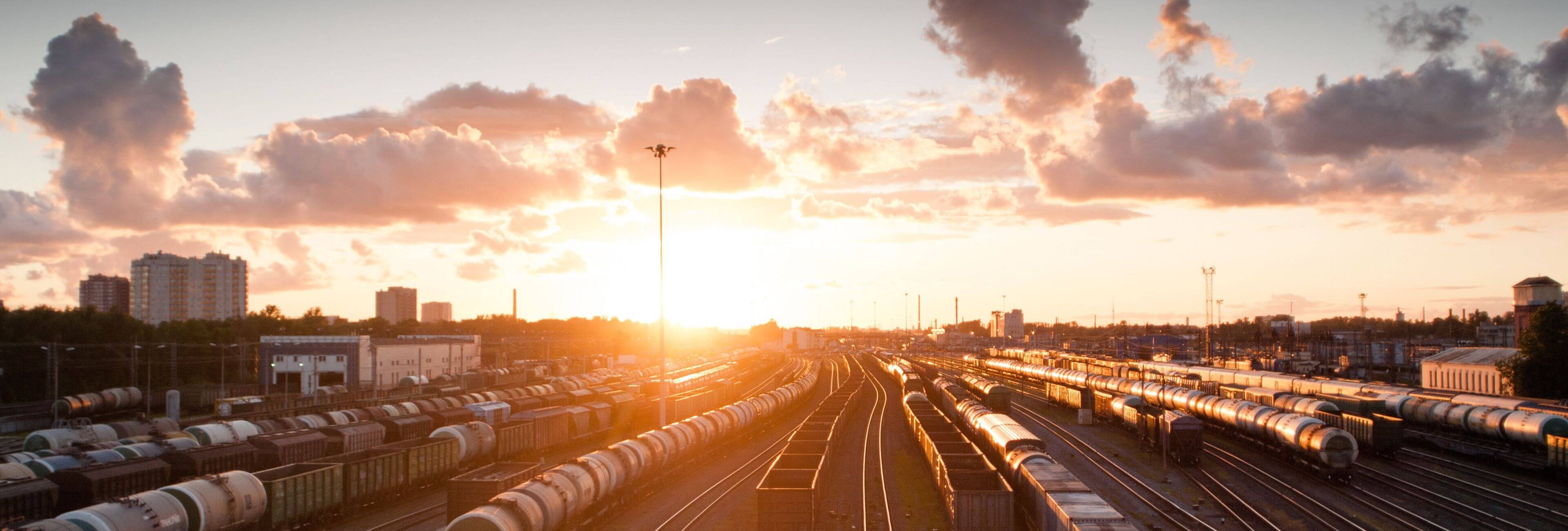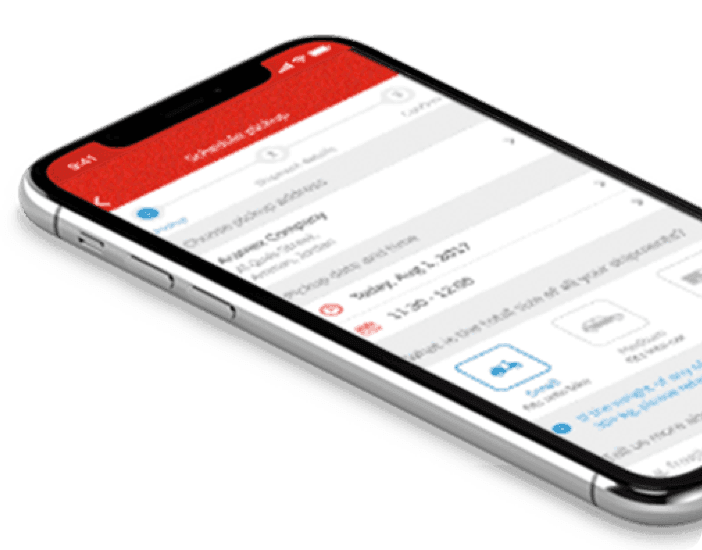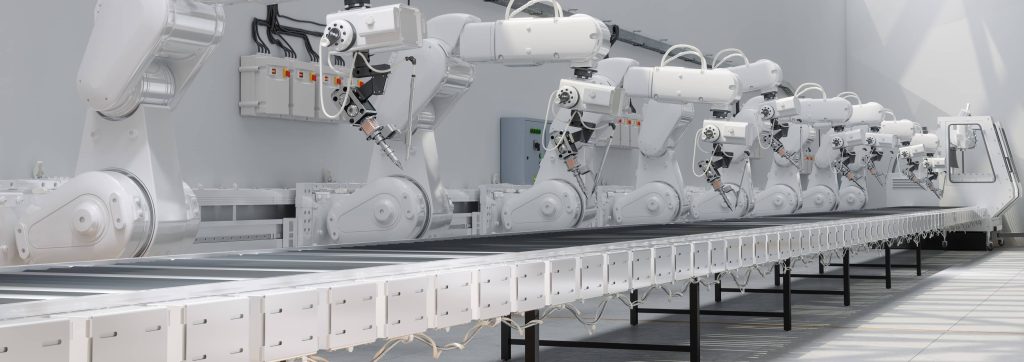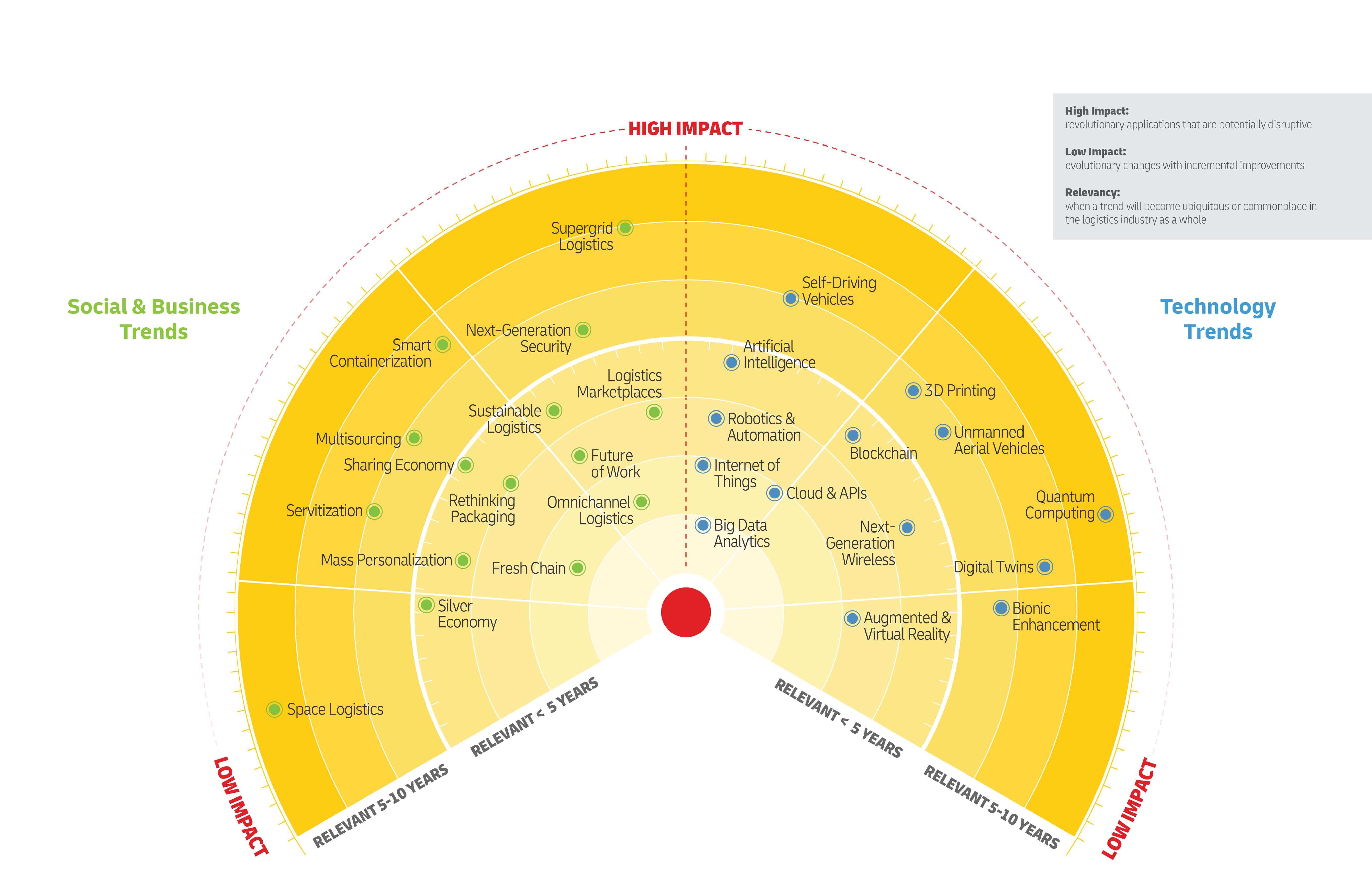
In 2018, the revenue from big data and business analytics market was $168.8 billion; the number is estimated to reach $274.3 billion by 2022. Big data is the flow of large volumes of information in various formats from multiple sources, which provides businesses with valuable insights. And according to IBM, only 20% of all information in the supply chain can be easily analysed.
Logistics players manage numerous shipments and create a massive amount of data sets daily. As reported by DHL’s Logistics Trend Radar, big data analytics is a game-changing trend with a high impact on the logistics sector in the nearest future.
Data analysis in the logistics industry, among others, can help to optimise operations and improve accurate planning. Let’s go through the most common use cases of big data in logistics and transportation.
Flexible route and capacity planning
Data is unlocking new efficiencies across many different organisations and logistics is no exception. According to DHL, wide adoption and use of big data in logistics will remould the industry through “previously unimaginable levels” of optimisation; a fine showing of praise from one of the industry’s biggest players.
Starting with a driver’s journey, one role for big data analytics in logistics lies within dynamic route planning - a way of accommodating updates to weather, traffic and orders. In this instance, data gleaned from sensors within a truck, a weather report or similar is used to give advice to drivers on their best possible route.
A similar approach is used for capacity planning, where an operator can use predictive analytics for a look into their availability of assets and personnel to allocate resources where they’re most needed. Such measures prevent the same trucks heading in similar directions and ensure a better, more efficient operation.
Big data can also be used for ensuring the route safety. Union Pacific Railroad, for instance, utilises real-time data analytics in order to better predict and mitigate accident risks. IoT sensors, which placed along with the rail network, are able to identify wheel defects, like flat spots and worn bearings. The data is transferred to central servers, where internal analysts process it and determine whether to immediately pass it to dispatchers, who can stop the train if necessary.
Accountability and performance optimisation
According to Supply Chain Digital, the last mile inefficiencies can take up to 28% of the total delivery cost. GPS sensors and smartphones can help you to modify the internal process of last-mile delivery and optimise overall delivery strategy.
The use of data-collecting sensors within vehicles has been huge for the logistics industry, not least due to its instilling of transparency around organisations.
It’s now possible to track the whereabouts of every vehicle to provide updates over a likely time of delivery. For the overachievers, this information can even be used to prove their reliability in the securing of new contracts.
The end goal should be for data to create a more open logistics industry where a group’s all-round performance is put beyond doubt. Again, for the most efficient groups - regardless of their size - it could prove a great signal of worth.

Demand prediction and dynamic pricing
Away from the trucks and ships, big data and analytics can even influence matters on the bottom line.
Evidence suggests that logistics could soon be the latest adopter of dynamic pricing: a model which factors in the likes of market demand and asset availability to dictate how much a delivery is worth. A technique adopted by airlines, venues and online stores, it’s one that could be used to maximise profits around key periods.
There is even the chance to use data in predicting custom for a given period. While great for the balance sheets and business planning, it’s in these areas where groups can also predict the circumstances that could derail their operation around busy periods.
If we’re looking to put a monetary value on this work, the World Economic Forum attaches a worth of $1.5 trillion between 2016 - 2025 to logistics’ digital transformation. Its main players should now be looking to big data as an entry point to this growth.
Conclusion
In the above we can see how data is being used to power a more refined version of logistics; a transformation which should be vital when considering what’s about to come.
As a new wave of innovation looks to unlock efficiencies that until now have remained hidden, logistics groups are facing up to rising demands for shipping across both B2B and B2C categories.
Given the evidence, perhaps a more analytical approach could provide the answer to whether the industry is fully prepared for record-high levels of business.
Contact us to see how big data and analytics can create efficiency around your logistics operation.

Related Insights












